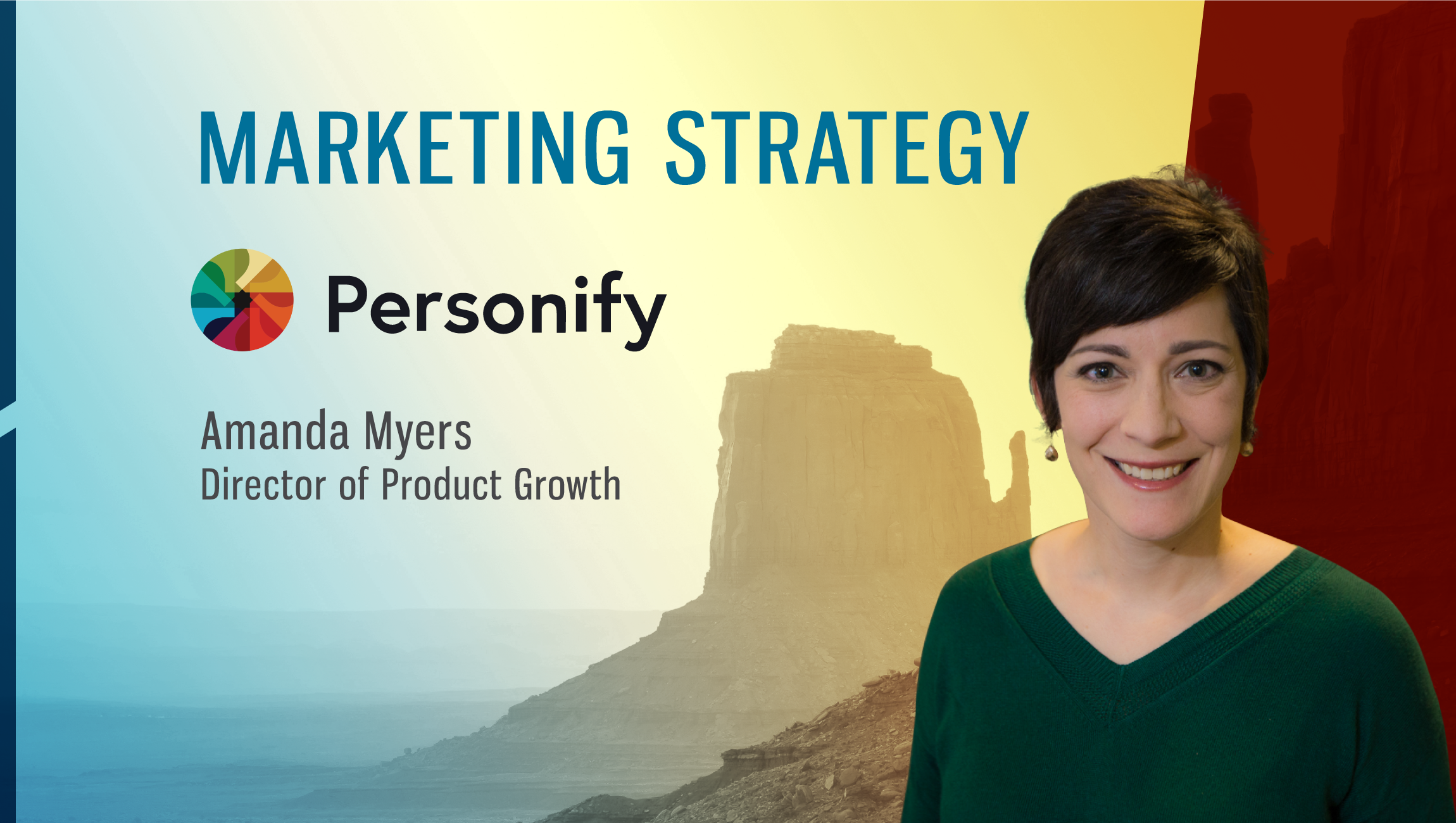 Advanced AI may prove to be the thing that saves digital advertising. Right now, brands don’t trust publishers and consumers don’t trust brands. The digital ad ecosystem is often a race to the bottom, while consumers are increasingly turning to ad blockers. This year, Deloitte found that “more than three-quarters of North Americans engage in at least one form of regular ad blocking“. Plus, there is the emerging element of legislation that limits the way brands are able to gather and use consumer data (you can bet that GDPR is only a harbinger for similar legislation to come).
Advanced AI may prove to be the thing that saves digital advertising. Right now, brands don’t trust publishers and consumers don’t trust brands. The digital ad ecosystem is often a race to the bottom, while consumers are increasingly turning to ad blockers. This year, Deloitte found that “more than three-quarters of North Americans engage in at least one form of regular ad blocking“. Plus, there is the emerging element of legislation that limits the way brands are able to gather and use consumer data (you can bet that GDPR is only a harbinger for similar legislation to come).
Despite all of the current buzz around AI, it’s actually been used in digital advertising for quite some time. However, as the technology advances, advertisers are able to use AI to solve for more complex and sophisticated use cases. For example, audience extension, bid optimization, media spend and planning, creative optimization, fraud detection and increasingly targeted personalization, just to name a few.
Read More: The Future Of Video Marketing: Education And Artificial Intelligence At The Heart Of Change
But, and this is an extremely important caveat, without the proper infrastructure in place your AI efforts are doomed from the start. As with many trending technologies, all too often companies invest now and ask questions later. Not only does this often lead to failure, but it breeds an organizational environment that’s change adverse; if previous investments in new tech have failed, each subsequent project garners less and less buy in.
For advertisers or campaign managers looking to integrate AI into their stack, the following four elements must be in place before a single dollar is invested.
Employ the Right People
While this may seem counterintuitive, since AI is so often framed in the context of replacing jobs, it’s imperative to start with the right people to guide the technology. Most often, the ‘right people’ means a mix of data scientists, software engineers and data engineers. Critically important, however, are leaders within the organization that understand the value and the limitations of AI. These visionaries will champion the benefits of AI while setting realistic expectations for what it can achieve. Collectively, this mix of experts will help glean the right insights from AI and avoid the all too common, “junk in, junk out” situation.
Read More: Five Ways Artificial Intelligence is Transforming B2B Sales
Ensure the Right Culture
Culture is inextricably connected to the people. Organizations need to make sure AI is defined and understood by the people that are going to interact with or receive insights from, the technology. Educating these users around both AI’s strengths and shortcomings will enable them with the necessary skill set to work with AI “in the wild.”
This means not being afraid to speak up when they perceive a red flag, while also not throwing up a red flag because they’re uncomfortable with or don’t understand the technology. Right now, AI has largely been used to automate many of the mundane operations of adops. Given that these users have been interacting with the technology, it may make sense to champion existing users as AI takes a more prominent role within the ad stack.
Train Your Tech
AI has the potential to completely replace the costly and time-intensive process of A/B testing different facets of a marketing campaign, with the ability intelligently and accurately determining everything from which creative to use and when, to how much to bid for a particular impression, to optimizing spend across advertising channels, whether its social video, mobile display, print ad or billboard.
Read More: Artificial Intelligence is Set to Explode. Is Your Data up to the Task?
However, the technology is only as powerful as you teach it to be. For maximum ROI, take the time to teach AI any data and insights that are already known, thoroughly understand how the modeling is working, and then continuously recalibrate and tweak the models accordingly to make sure the results are as accurate as possible.
Start Small
AI is not a magic bullet. It’s unwise to expect AI to solve an organization’s highest-value strategic problems from the jump. Begin by identifying small, yet impactful, business challenges where AI can be applied, and iterate from there. Perhaps the most critical: Don’t adopt AI for the sake of adopting AI. Adopt AI to solve for business challenges.
This may seem obvious, but there are literally thousands of people sitting in offices right now, having forgotten this tenet, pushing for AI without understanding what business challenges they’re really solving. Not having a clear plan for what business problem AI is solving for is what most often leads to the scenarios where the results from AI are “bad” or not usable.
With these foundational elements in place, the good stuff can begin. As digital advertising struggles with the inefficiencies, trust and quality issues that have plagued and broken the traditional ecosystem, AI represents a very real solution to redefine the industry’s next era.
Read More: The Future of Artificial Intelligence: Is Your Job Under Threat?











